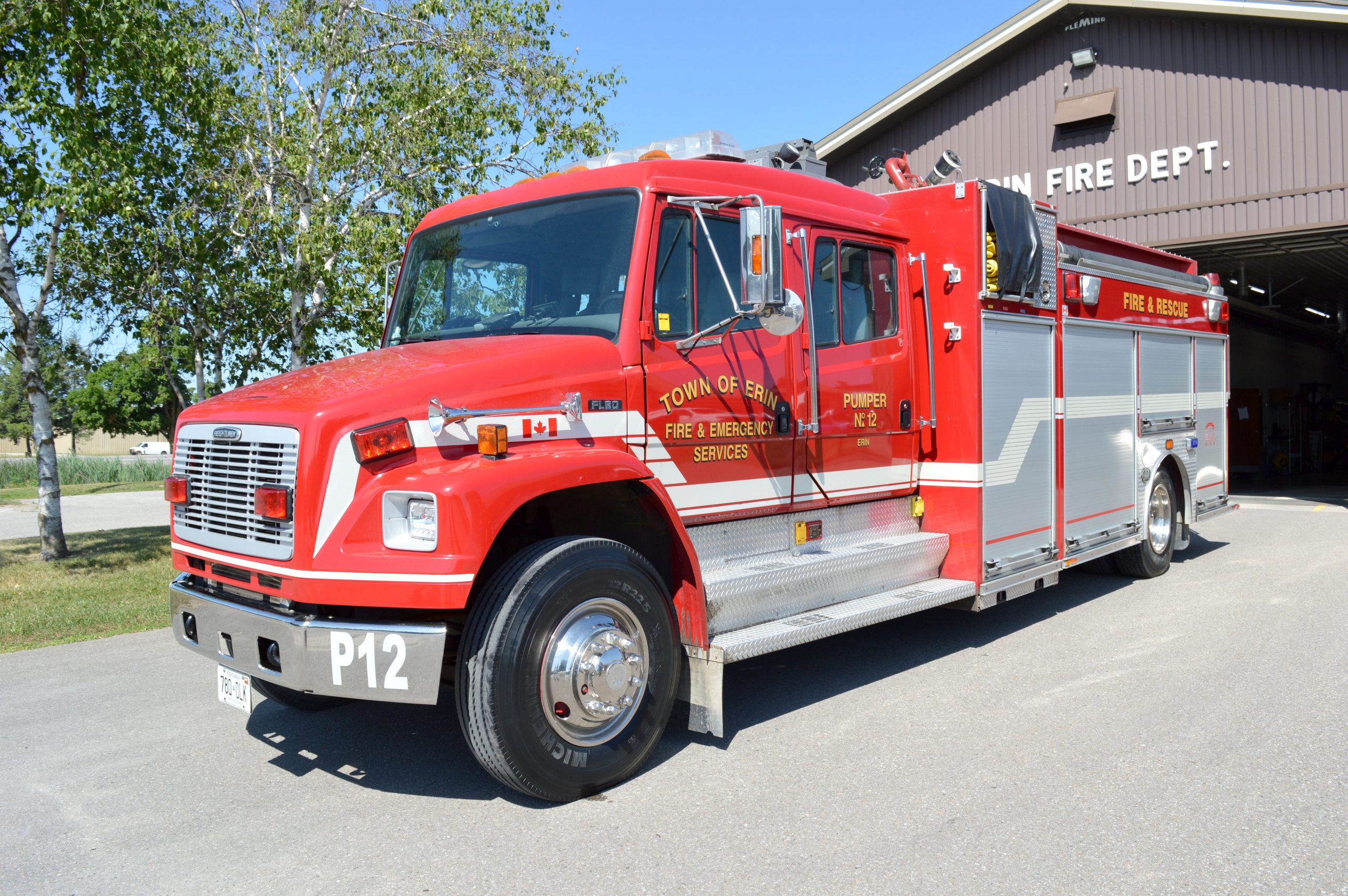ERIN – Volunteer firefighters in Erin are responding to more vehicle crashes and spending more time on scene at medical calls this year than last.
Erin Fire Chief Jim Sawkins presented new data showing increases in the second and third quarters this year at a Nov. 24 council meeting.
In 2021, the department responded to 205 total calls for service.
As of November this year, total call volume has increased by 22 per cent over last year’s total.
“So we will have a large increase,” Sawkins told council.
The increase isn’t because of fires, however, but medical calls and crashes.
A new training officer “proved valuable” Sawkins said, relating the department’s “greatly enhanced” training to call volumes that “went through the roof.”
“It was an action-packed three months,” the chief remarked.
The department had 31 training days between April and September, according to data in Sawkins' reports.
Call data presented in the reports suggests there was a second and third quarter increase in medical calls of 73% in 2022, with 88 medical calls, compared to the 51 in 2021 for the time period.
The chief said it’s “unfortunate” firefighters are being forgotten about in conversations about hospital offload delays, when paramedics are stuck at the emergency room until patients can be transferred to the care of hospital staff.
“They forget about who’s actually still responding to the medical calls and waiting,” Sawkins said.
“So not only have our call volumes gone up with regards to medicals, but they’ve also increased in duration as well, as we wait for the ambulances to get on scene.”
There was a 30% increase in responses for vehicle crashes, from 37 in the second and third quarters of 2021 to 48 this year.
Not highlighted by the chief in his comments to council was an increase during the time period in the number of false alarm calls.
It was the third highest distinct category for call volume.
Data shows the department saw a 42% increase in false alarm calls, from 36 in 2021 to 51 for the second and third quarters of 2022.
Across the three call categories mentioned in this story — medicals, crashes and false alarms — volumes were above those seen in 2020, the exception being for crashes, of which there were 21 fewer this year than in 2020 for the second and third quarters.




